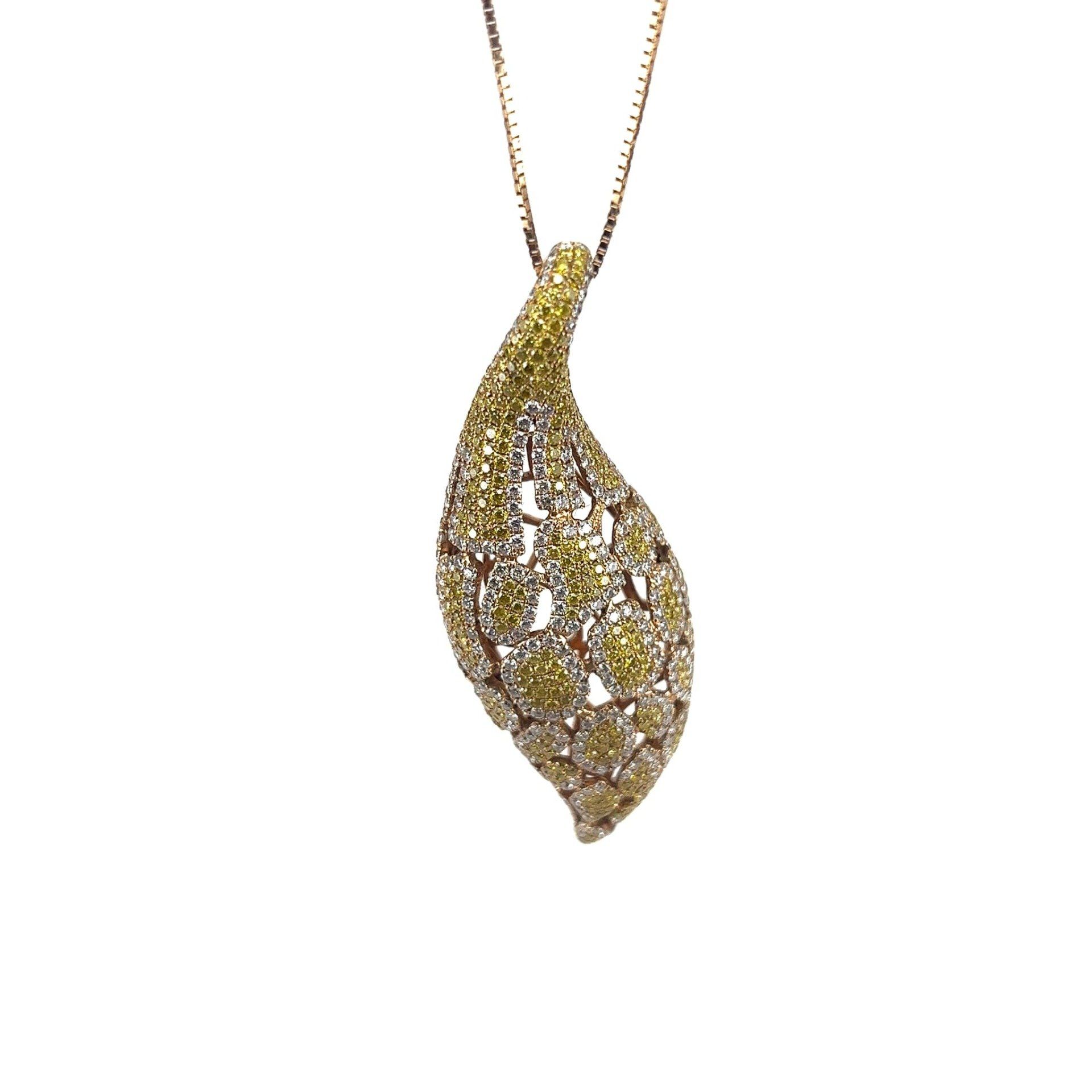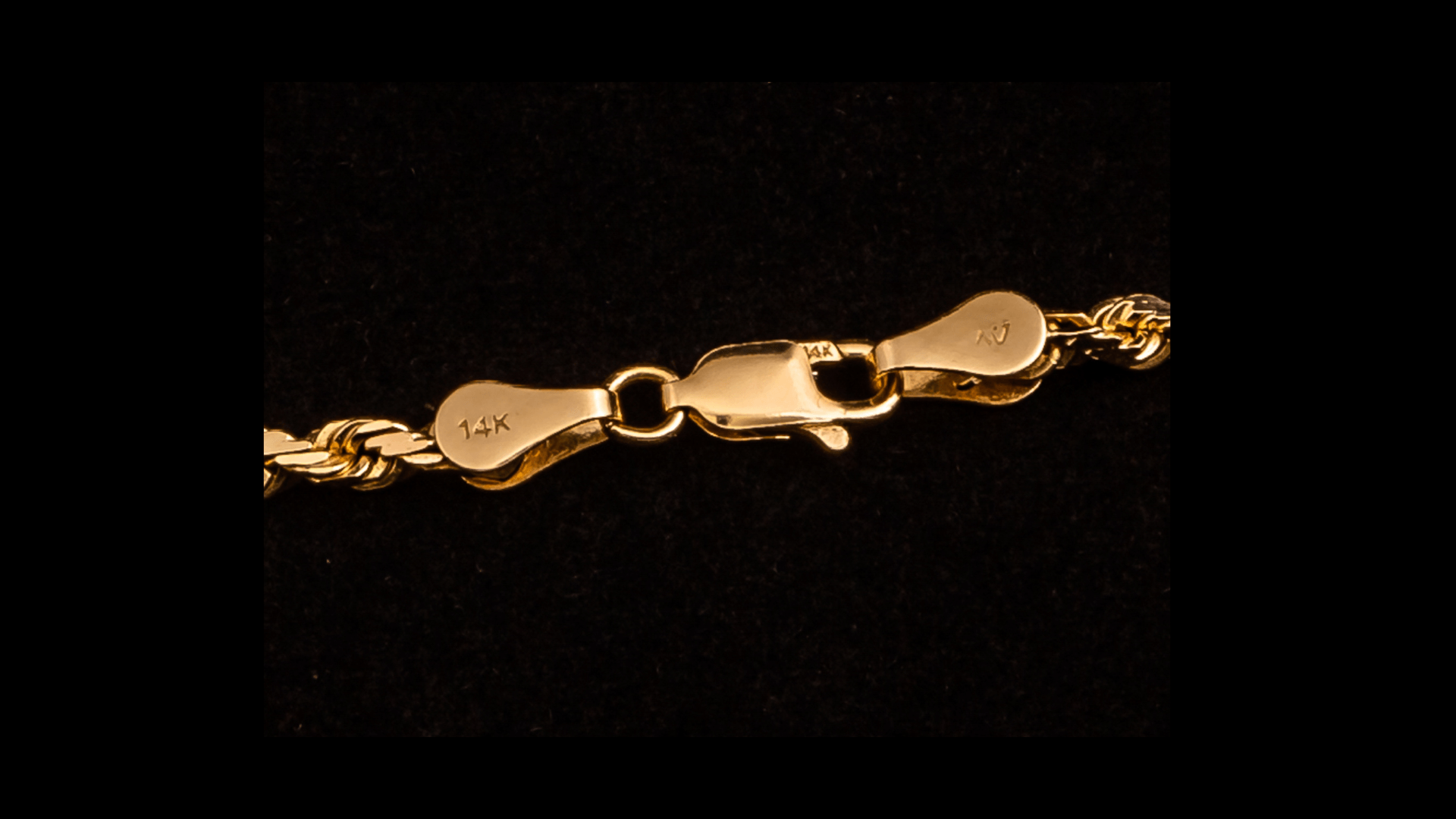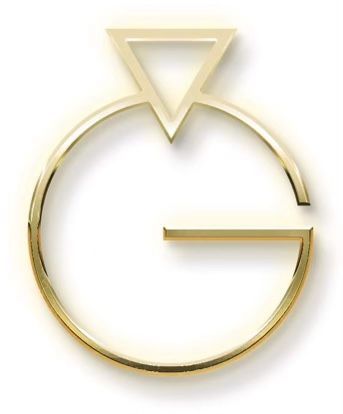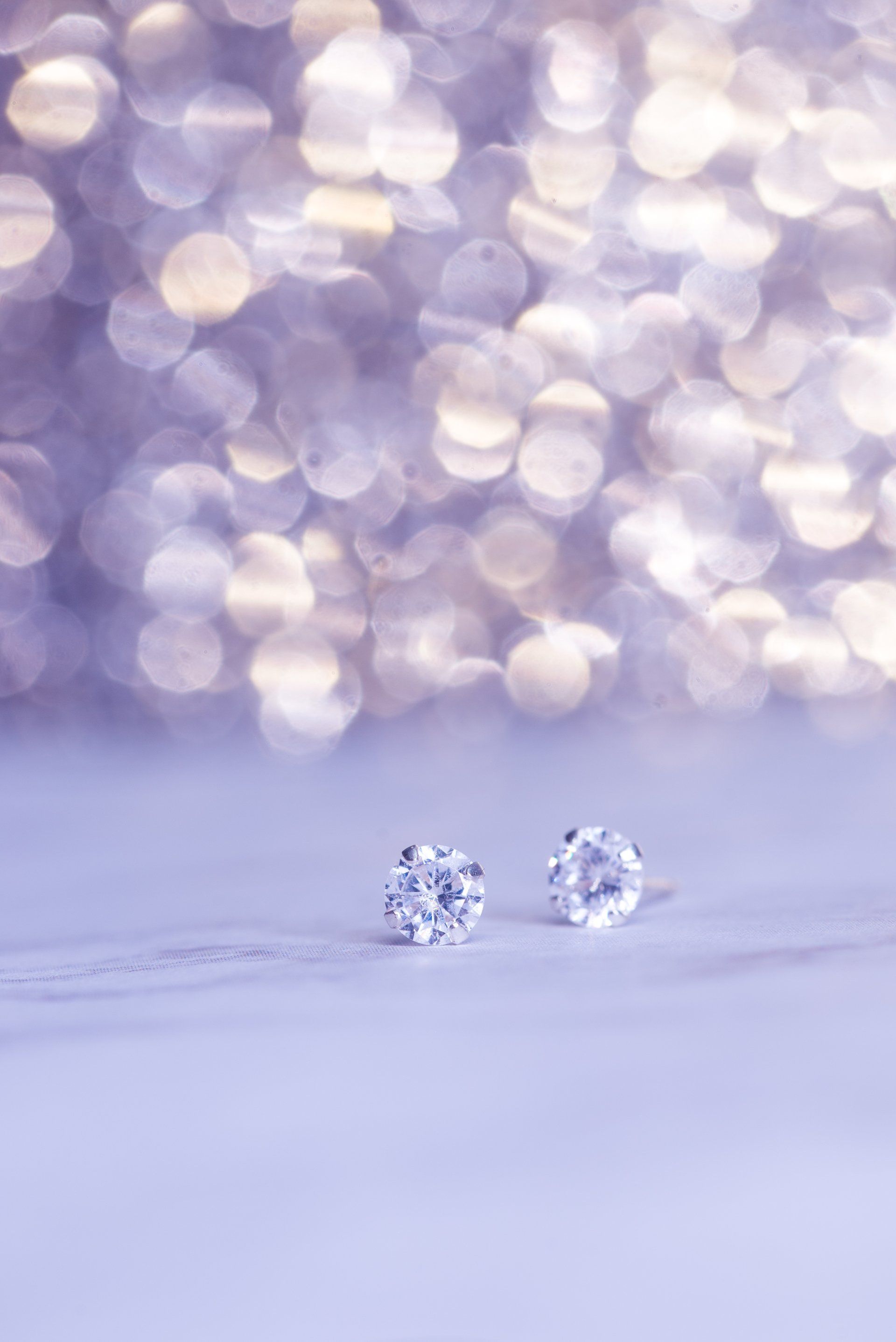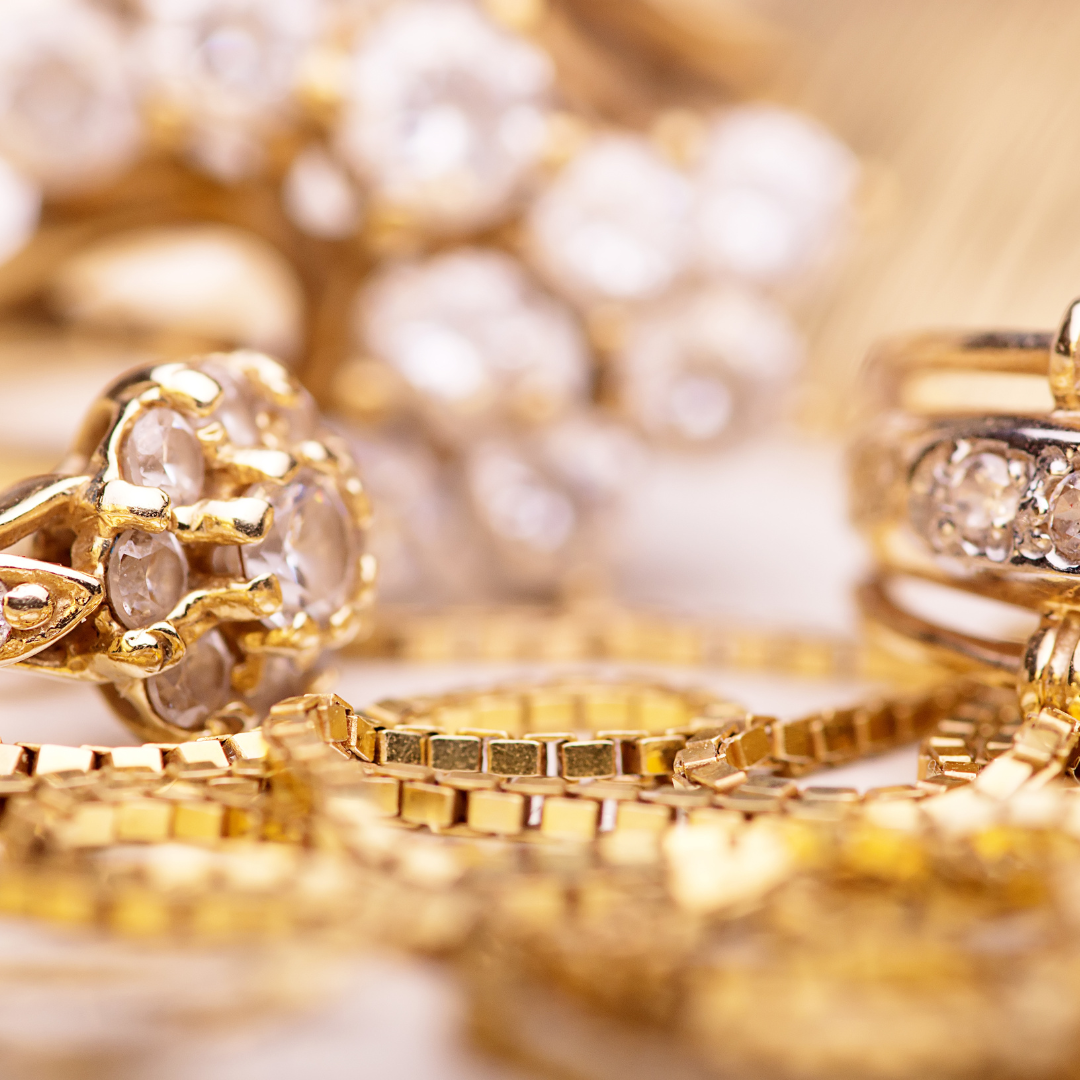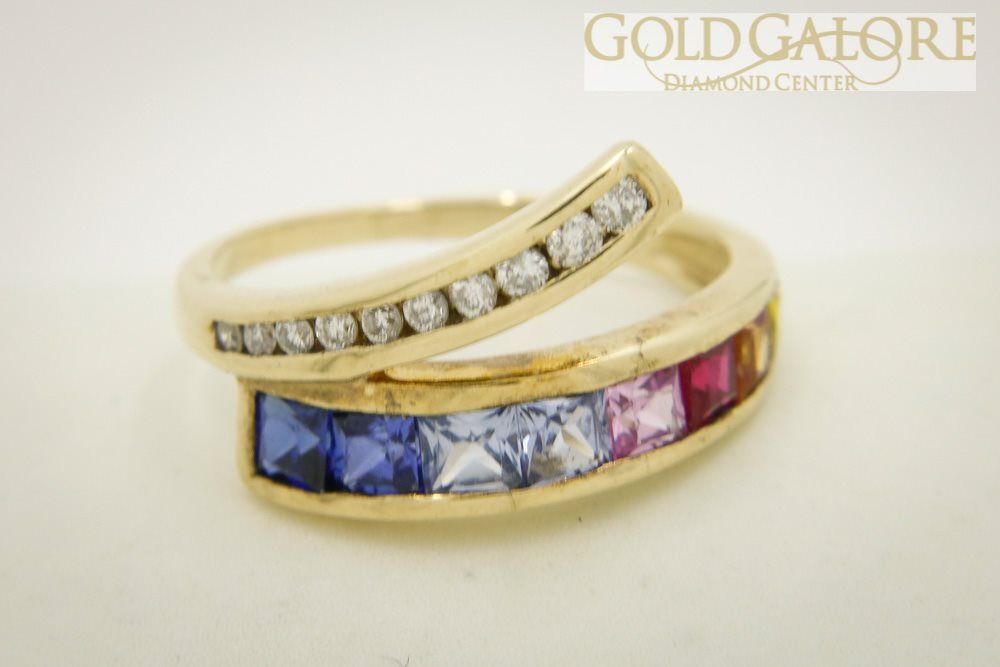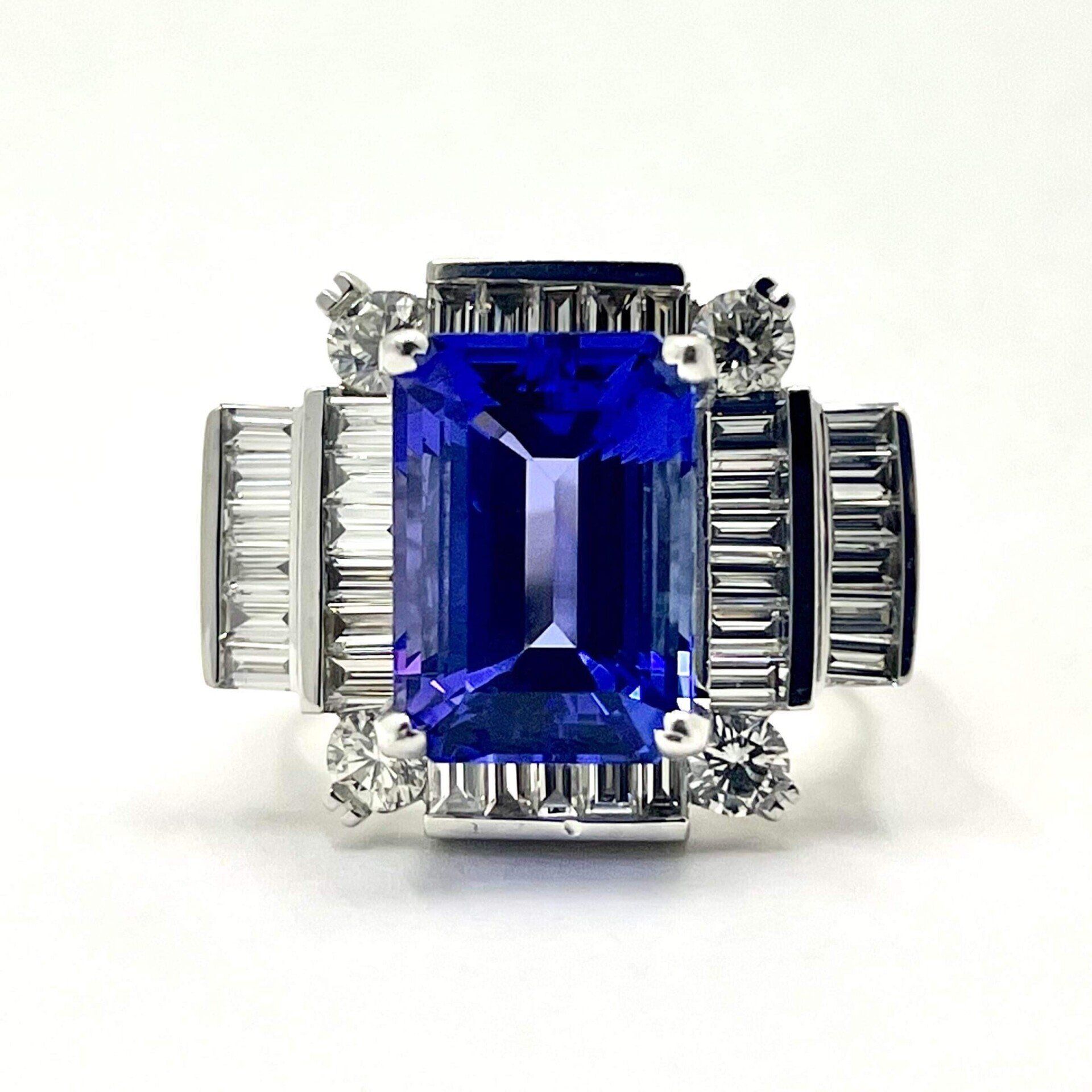How to Tell If Gold Is Real with a Lighter and Other DIY Tests
Gold is one of the most valuable metals known to man. It’s beautiful, rare, and fetches a high price – if it’s real.
Knowing how to tell if gold is real with a lighter and other methods can help you:
- Avoid being cheated into paying a high price for fake gold jewelry
- Ensure you don’t unknowingly buy or sell fake gold jewelry yourself
- Know you are buying genuine gold for your personal collection or as an investment
Before you do any of the tests above, however, it’s important to know what’s considered as “real” gold.
What’s pure gold?
The value you see on your gold jewelry solely depends on how much metal was used in its production as well as what percentage of pure, 24-karat gold was used.
Gold price trends over time are subject to global demand and currency fluctuations which can make it challenging to determine its actual worth – you’ll need to check the current price of gold or have a trusted jeweler price your item.
Pure gold is a soft metal, and it’s too soft for jewelry purposes because you can’t easily, reliably, or affordably mold it into the desired shapes you want when you use only 24-karat gold in its creation.
As a result, gold jewelry, by weight, contains other metals in varying degrees – you’ll see numbers like 18-karat or 14-karat stamped on your gold pieces.
This means that you have a certain percentage of pure gold content in your jewelry. Higher numbers mean you have more pure gold and fewer alloys, while lower numbers show you’re getting less-pure gold with a higher content of gold alloy metals.
Here’s a general breakdown based on karat:
- 24 karat Gold = 100% pure
- 22 karat Gold = 91.7% pure
- 18 karat Gold = 75% pure
- 14 karat Gold = 58.33% pure
Of course, you’ll pay for the amount of gold you get, so you’ll see proportionately higher prices for 24-karat (100%) gold than you will for 18-karat.
Is Rose Gold and White Gold Real?
In a nutshell, yes.
Again, pure gold has to be mixed with other metals to make it harder, resulting in other beautiful shades like rose and white.
- Rose gold is a mix of copper and gold, sometimes with a little silver mixed in.
- White gold is yellow gold combined with white metals such as nickel, silver, and palladium. Jewelry makers often plate the piece in rhodium to give it a gorgeous shine.
Both are considered real gold as long as you have a substantial amount of gold in them.
Don’t Be Fooled By Fake Gold Pieces
Just because it shines like gold doesn’t mean you’re looking ata real gold piece.
Because gold is so expensive and sought-after, there’s no shortage of scammers trying to pass off fake gold as the real thing.
Here are some of the most common ways you could fall victim to scammers trying to cheat you out of your money when you’re looking for real gold jewelry.
Gold Plated
Gold plating is a common method you’ll find on jewelry not made from real gold.
It’s done by taking a cheap metal – usually brass – and coating it with a very thin layer of gold.
Gold electroplate or plated gold jewelry may have the appearance you’re looking for, but what you’re really buying is gold plated brass and other metals (or gold-looking material), and nowhere near as valuable as real gold.
Pyrite
This mineral is typically called “Fool’s Gold” because it looks so similar to real gold, it’s easy to fool people about its authenticity.
For centuries, many people have been tricked into thinking pyrite is gold and you may just believe you’ve found a fortune when you actually see that shiny metal in your pan after you sift through soil you’ve dug up.
Gold doesn’t tarnish and will not change color over time, but pyrite will and you’ll eventually see green and black discoloration on your shiny gold-looking jewelry.
Pinchbeck
This one looks like gold because it imitates the bright golden hue of the real thing, but it’s actually an alloy of copper and zinc.
Pinchbeck is mostly used to create inexpensive replicas you’ll find in antique shops, costume jewelry and fakes you might be tempted to buy at the flea market. It’s actually pretty easy to tell if you’re looking at pinchbeck since you can bend it easily with your hands and you should see a metallic sound when you do so.
Gold Wash
Buyers and sellers beware – that “gold” jewelry in your hand may actually be sterling silver, with a thin “wash” of gold applied to the surface.
This process of making gold-looking pieces became popular in the 1940s when precious metals were in short supply due to WWII.
Unlike real gold, polishing this gold-looking jewelry too much can take off the coating.
There’s nothing wrong with owning and selling the pieces above, but it’s important to know you’re not getting the real thing before you fork out your hard-earned cash.
That’s why knowing how to test gold is a useful skill to have, whether you’re buying, selling, or simply checking a piece of jewelry.
How to Tell If Gold Is Real with a Lighter
This test is both easy and extremely effective when done right.
Why a lighter? Because most people already have one in their pockets or at home, or you can easily buy one at your local convenience store.
Use the right type of lighter.
Use a butane lighter filled with lighter fluid, not an ordinary disposable lighter. You want a tall constant flame that’s also extremely hot.
Don’t hold your gold jewelry – hang it up.
For safety, hang your gold jewelry on something that’s not flammable, like a nail you hammer into a wall or you can also use a metal hook you hang your jewelry on. Make sure you don’t burn your fingers with the super hot flame and be careful you don’t catch anything on fire.
You should also do this test in your garage or outside to avoid any unnecessary accidents or damages to your house.
Heat your gold jewelry with the lighter.
Once everything is ready, begin the test.
Apply the flame to the jewelry for about a minute or 60 seconds. Watch it closely for any changes in color.
Fake gold will get darker, while pure gold will do the opposite: it will get brighter the hotter it gets.
The brighter your jewelry gets, you can rest assured you have real gold.
Why It Works:
A basic quality of gold is that, unlike other metals, gold gets brighter when it gets hot. In contrast, common metals that get mixed with gold such as iron, copper, and brass darken when you apply heat.
If what you have is gold-plated jewelry, the gold plate will eventually melt under intense heat and reveal the base metal it’s covering.
How to Tell If Gold Is Real with a Magnet Test
For this test, you can’t just use any magnet you have lying around your house (like the ones on your fridge). You need a strong rare earth magnet which you can easily purchase at a hardware store.
Touch your gold jewelry with the magnet.
Scan your gold jewelry with the magnet and see if it sticks or not. If it sticks, you’re likely to be holding imitation gold.
Why It Works:
Pure gold is not magnetic. If you get a reaction while testing gold with a magnet, you might have something else with iron or copper in it.
How to Tell If Gold is Real with Acid
A few drops of nitric acid can help you determine whether gold is real or not. However, this is a dangerous chemical, so be very careful when doing this test.
Wear goggles and gloves. Do the test in a well-ventilated area. Finally, be aware that this test can damage jewelry if you don’t know what you’re doing, so consider having a professional jeweler handle the test for you.
Make a small scratch on your gold jewelry.
Pick a discreet part of your jewelry, such as inside your gold ring or under a clasp. Give it a small scratch, gently but deep enough to get through the top gold layer.
Apply the nitric acid.
Very carefully apply a few drops of the acid on the mark you made.
Observe if the mark turns milky or green. If it does, then you likely don’t have real gold.
Why It Works:
Gold, or a piece that’s made mostly of gold, won’t react to nitric acid. However, you’ll see a milky or green mark if you’ve got an alloy such as copper or silver underneath your gold.
How to Test If Gold Is Real Using Ceramic Tile
Similar to the acid test, this method also involves scratching your item. But as long as you’re careful, you can test your gold with minimum damage..
Use an unglazed ceramic tile.
You need an unglazed piece of ceramic tile, because you won’t get results if there’s glaze. You can get one from your local home improvement store or a ceramic shop.
Take your gold item and gently scrape it against the tile.
Keep scraping until gold fragments start flaking off the piece. A black mark against the tile indicates cheaper metals, while a gold streak means there’s a great chance that you have authentic gold on your hands.
How to Tell If Gold is Real Using Water
This test won’t damage your jewelry, so you can try it out even if you don’t have access to other chemicals.
Fill a container with enough water to submerge your item with room to spare. Drop your gold piece into the filled container.
Gold will sink quickly, while floating or moving very slowly means you likely have fake gold on your hands. This is also true if the item floats.
Tarnishing and rust after being in water is also a sign of fake gold.
Why It Works:
Gold is a heavy metal, so it will not float and will sink directly to the bottom of the container. Authentic gold also will never rust or tarnish.
Confirm the Results with a Professional Jeweler
Finally, all the tests above can help you get a better idea whether you have real gold or not. But take note that none of these are conclusive ways to test gold- only a professional jeweler can give you the definite answer you need.
Most importantly, they know how to check the purity of gold without damaging your piece. So if you have an heirloom jewelry or an item with sentimental value, you’re better off giving this responsibility to a professional.
Schedule a Jewelry Appraisal in Florida with Gold Galore
Have you inherited a piece or two of jewelry from a family member or a friend? Are you curious to know what you have in your possession? Interested in buying? You can contact Gold Galore for expert advice and information concerning your diamonds and precious metals.
Gold Galore has been one of Florida’s most trusted local jewelers since 1980, and we’d love to help you make the best choices you can about your jewelry.
Aside from jewelry appraisal, we also sell, buy, repair , and create custom jewelry of all types.
Stop by our store, call us at (727) 777-6994, or make an appointment today.
The post How to Tell If Gold Is Real with a Lighter and Other DIY Tests appeared first on Gold Galore Jewelers | Expert Jewelers.
